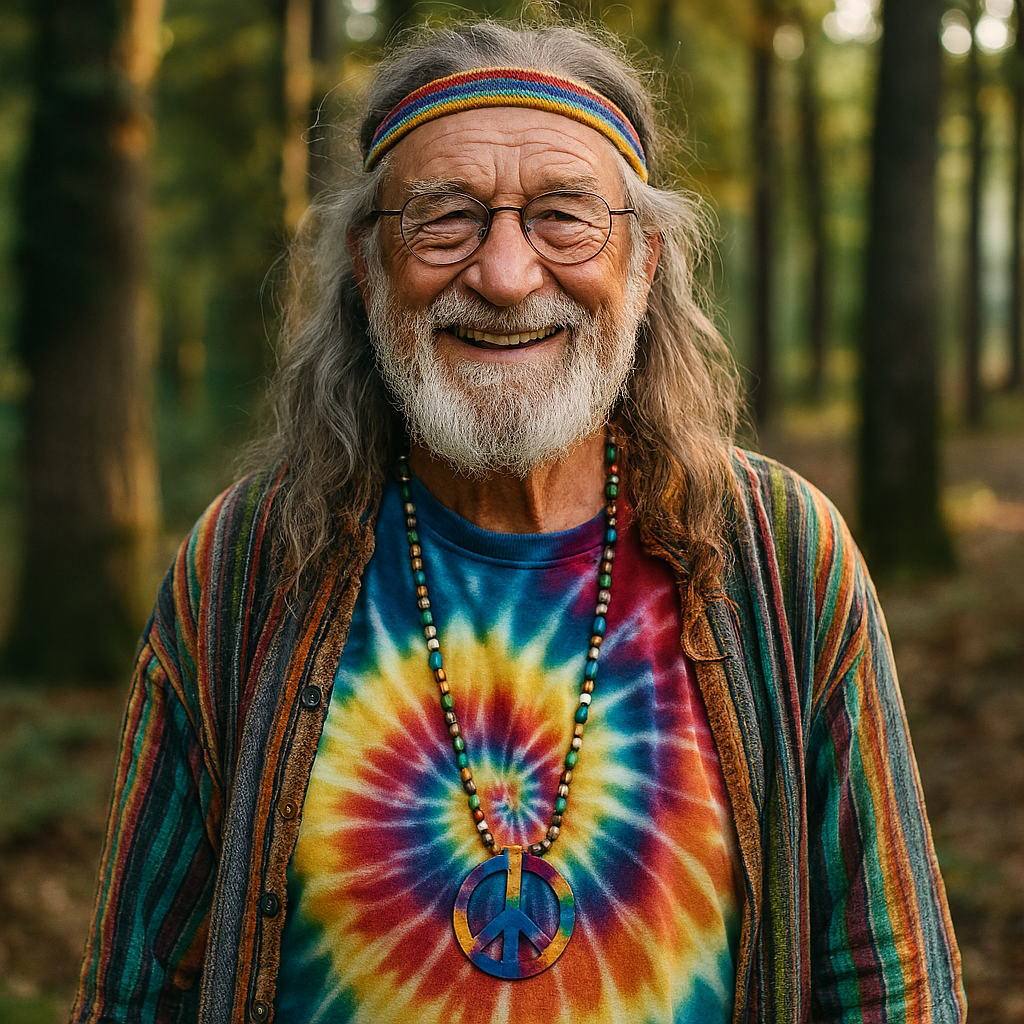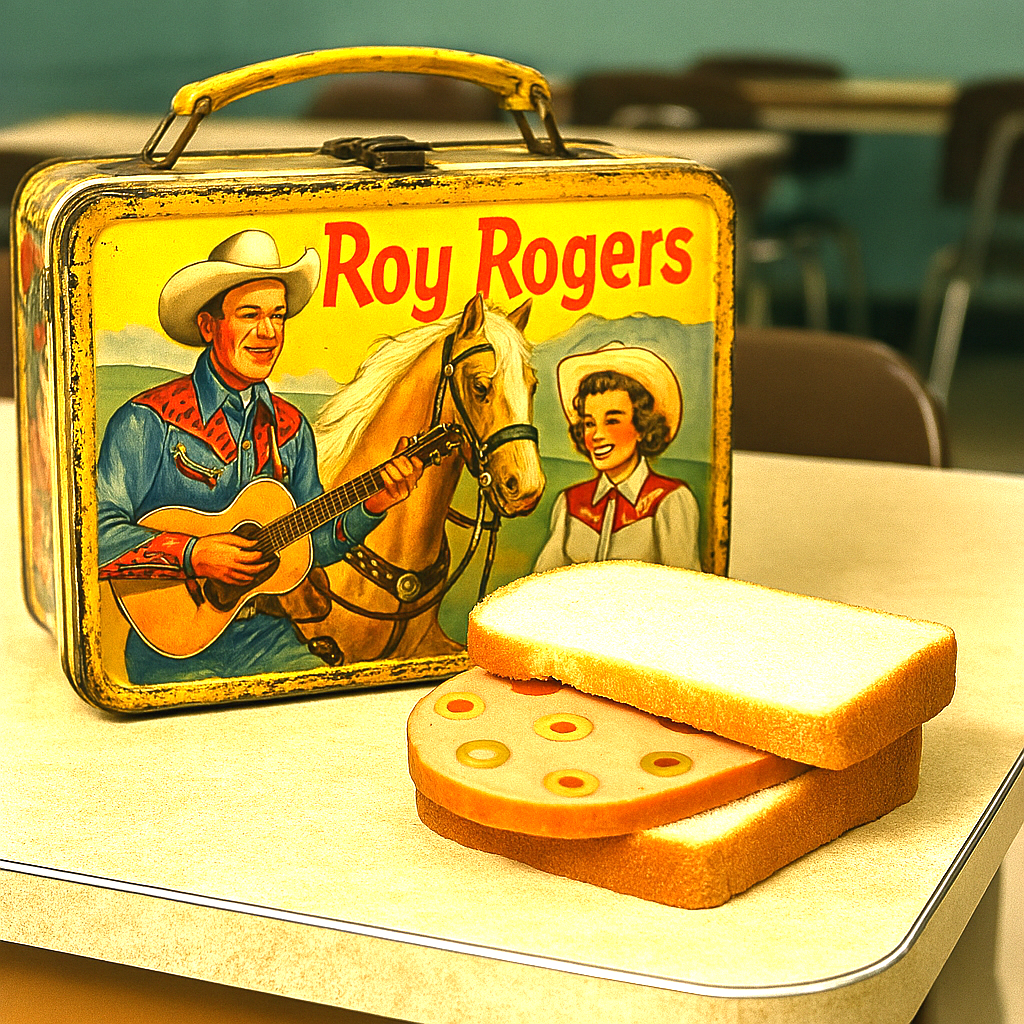Who Created Pickleball?
From Backyard Fun to National Phenomenon: The American Veteran Who Created Pickleball
by Darrell Griffin, president of PureAudacity.com
🎾 “Necessity may be the mother of invention, but boredom on a summer day can be a pretty good motivator too.” That’s how one might summarize the origin story of pickleball—a sport now played by millions across the United States and beyond. At the heart of this tale is Joel M. Pritchard, a U.S. Army veteran, congressman, and father of four, whose spontaneous ingenuity in 1965 sparked the creation of what would become America’s fastest-growing sport.

🇺🇸 Who Was Joel M. Pritchard?
Joel McPritchard was no stranger to public service or leadership. Born in 1925, he served in World War II as a member of the U.S. Army before transitioning into a successful career in business and politics. He was elected to the Washington State House of Representatives and later served as Lieutenant Governor of Washington. But beyond the political arena, Pritchard was a family man with a playful spirit and a knack for improvisation.
It was this blend of creativity, practicality, and a desire to bring people together that led him to co-create pickleball—alongside friends Bill Bell and Barney McCallum—on Bainbridge Island, Washington.
🏡 The Birth of Pickleball: A Summer Day in 1965
The story begins on a lazy Saturday afternoon. Pritchard and Bell had just returned from a round of golf to find their families restless and looking for entertainment. Their property had an old badminton court, but no proper equipment. So, they did what any inventive parents might do: they improvised.
• Equipment Hack: Instead of badminton rackets, they grabbed ping-pong paddles.
• Ball Choice: A perforated plastic ball—similar to a Wiffle ball—was used.
• Court Setup: The net was initially set at badminton height (60 inches), but they quickly realized the ball bounced better on the asphalt surface, so they lowered the net to 36 inches.
What started as a quick fix for family fun turned into a game that was surprisingly engaging. The next weekend, they invited Barney McCallum to join. Together, the trio began refining the rules, drawing inspiration from badminton, tennis, and ping-pong.
🧠 The Philosophy Behind the Game
Pickleball wasn’t just about hitting a ball back and forth—it was designed with intention. The founders wanted a game that:
• Could be played by all ages.
• Was easy to learn but hard to master.
• Encouraged social interaction and friendly competition.
This inclusive spirit is part of what makes pickleball resonate so deeply with players across generations. It’s not just a sport—it’s a community.
🛠️ From Makeshift to Movement
Once the game gained traction among friends and neighbors, the founders took steps to formalize it:
• 1967: The first permanent pickleball court was built in the backyard of Pritchard’s neighbor, Bob O’Brian.
• 1972: A corporation was formed to protect and promote the sport.
• 1975–76: National publications like The National Observer and Tennis Magazine featured pickleball, and the first known tournament was held in Tukwila, Washington.
• 1984: The United States Amateur Pickleball Association (U.S.A.P.A.) was founded, and the first official rulebook was published.
By the 1990s, pickleball had become a popular sport played in all 50 states. Today, it boasts over 36 million players worldwide.
🏓 The Evolution of Equipment
Bill Bell, one of the co-founders, played a pivotal role in designing the first pickleball paddles. His focus on lightweight, durable materials laid the foundation for modern paddle technology. Later, Arlen Paranto, a Boeing engineer, introduced composite paddles made from fiberglass and honeycomb cores—materials used in airplane construction.
This innovation helped elevate the sport from backyard pastime to professional-level competition. Pickleball equipment is modestly priced.

🐶 Wait… Why Is It Called “Pickleball”?
One of the most enduring mysteries of the sport is its quirky name. There are two popular theories:
1. The Dog Theory: The Pritchards had a dog named Pickles who would chase the ball and run off with it. Hence, “Pickle’s ball.”
2. The Rowing Theory: Joan Pritchard, Joel’s wife, claimed the name came from “pickle boat”—a term in crew for a boat made up of leftover rowers. The game, she said, was a mix of leftover elements from other sports.
Whichever version you prefer, the name stuck—and it’s part of the charm.
🌟 Legacy and Cultural Impact
Joel Pritchard passed away in 1997 at the age of 72, but his legacy lives on in every serve, volley, and dink shot played across the globe. Pickleball has become more than a sport—it’s a cultural phenomenon:
• Celebrity Fans: Bill Gates, George Clooney, and Brené Brown are among the many public figures who’ve embraced the game.
• Professional Leagues: The rise of pro tours and televised matches has brought pickleball into the mainstream.
• Community Building: Parks, retirement communities, and schools have adopted the sport for its accessibility and social benefits.
💬 Final Thoughts: A Veteran’s Gift to America
Joel Pritchard didn’t set out to revolutionize American recreation. He simply wanted to entertain his kids. But in doing so, he tapped into something universal: the joy of play, the power of connection, and the beauty of simplicity.
Pickleball’s meteoric rise is a testament to how one person’s creativity—fueled by love, service, and a little boredom—can ripple across generations. It’s a reminder that innovation doesn’t always come from labs or boardrooms. Sometimes, it starts with a plastic ball, a ping-pong paddle, and a veteran who just wanted to make his family smile.
If you’re ever on a court, paddle in hand, bouncing that perforated ball across the net, take a moment to thank Joel Pritchard. He gave us more than a game—he gave us a way to come together.





